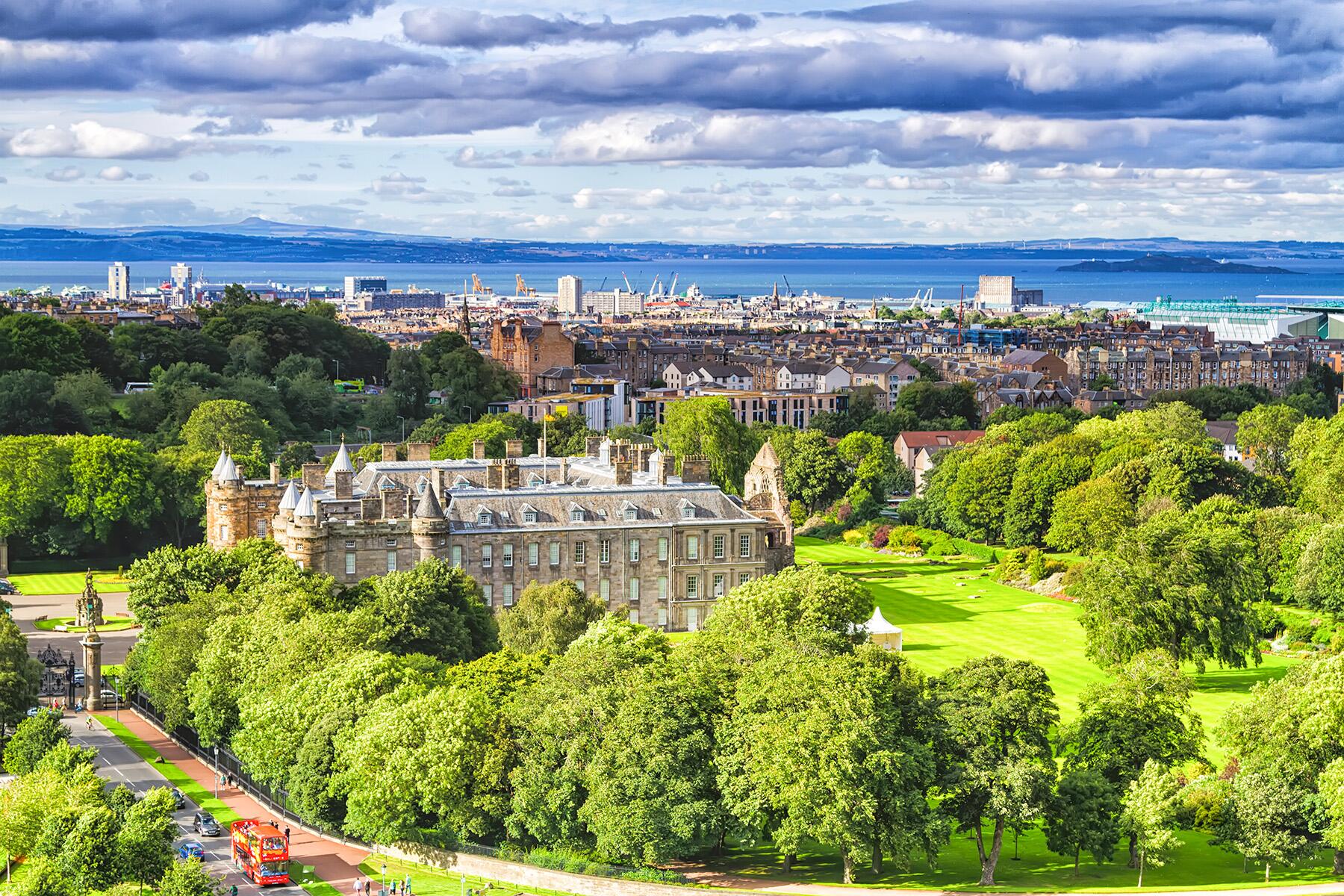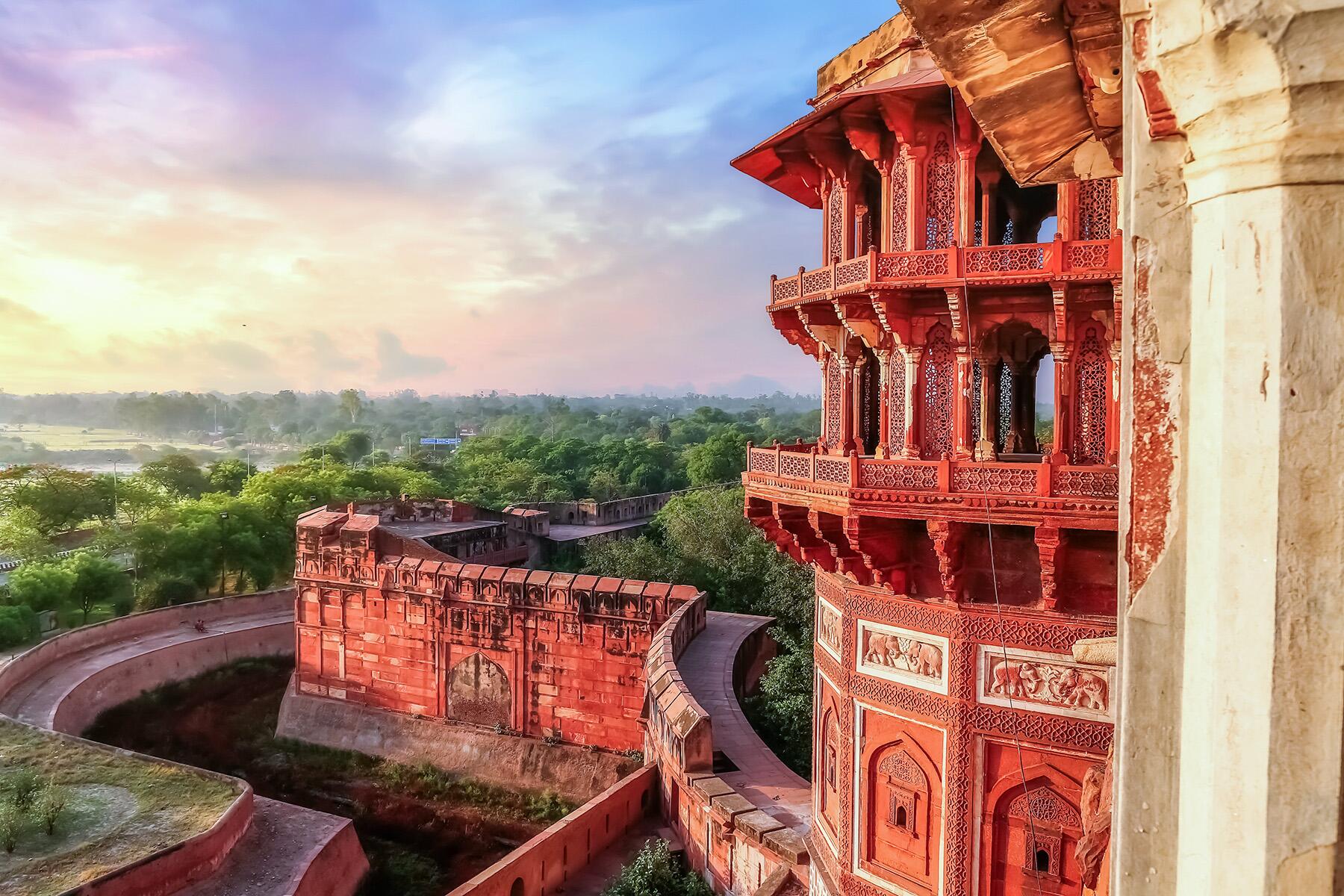
When it comes to the very best European destinations, bigger does not always mean better. While travelers typically gravitate toward larger cities like London and Paris, some of the region’s most rewarding and best-kept secrets are alternatively set well off-the-beaten path. From a tiny Albanian cliff town with stunning mountain vistas, to a Swiss mountain village known for its beer and cheese, it's well worth the extra effort to get to any of our 15 picks for the best undiscovered European destinations.
By Emily Wasserman
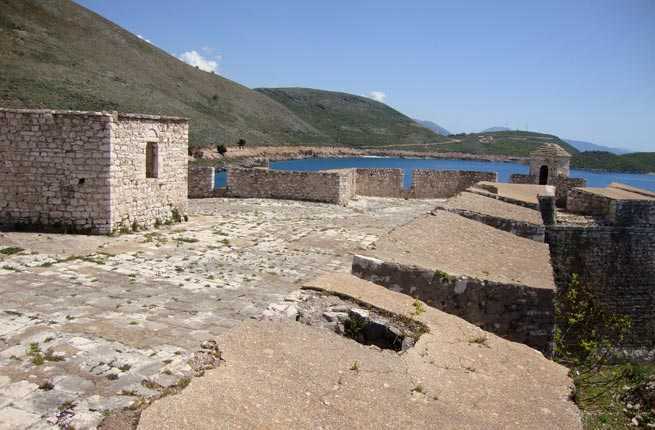
Porto Palermo, Albania
Nestled among rolling green hills just south of the town of Himarë is Porto Palermo. This Albanian village keeps a low profile, but features a towering 18th-century castle that overlooks a sparkling bay. Visitors can explore its well-preserved grounds, and take in the coastline’s picturesque scenery.
Where to Stay: Most accommodations are located in nearby Himarë, but visitors can also book a room at Agave, a neighboring village that features 12 beach bungalows overlooking crystal-blue waters. Guests can partake in outdoor activities like snorkeling, biking, hiking, and fishing.
Insider Tip: If you decide to drive to Porto Palermo, watch out for road conditions: Most locals have been driving for less than 10 years, and some of the country’s routes remain unfinished.
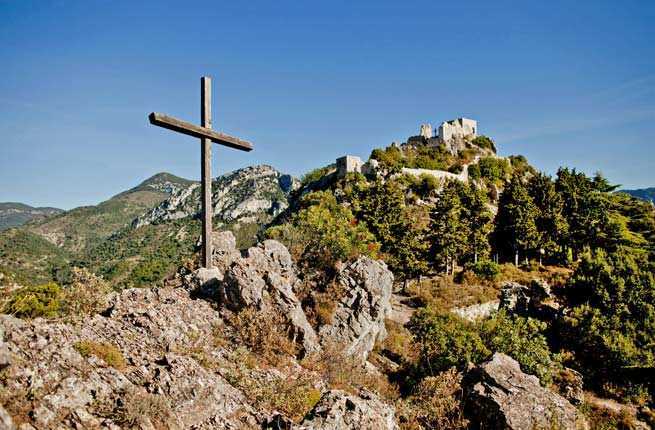
Sainte-Agnes, France
Narrow stone-paved streets, arched passageways, and spectacular views make Sainte-Agnès one of Southern France’s hidden gems. This tiny seaside village comes perched atop a mountain, offering visitors a lookout over stunning Mediterranean vistas. Climb its hills to see the ruins of a 9th-century chateau, or stop by the Maginot Line fort for panoramic views of the water.
Where to Stay: Sainte-Agnès doesn't boast many accommodations, so your best bet is booking a room in the nearby French Riviera. The Hôtel Negresco in Nice features elegantly decorated guest rooms and old-world grandeur, while Brise Marine in St-Jean-Cap-Ferrat proposes picturesque views of the peninsula and a peaceful ambiance.
Insider Tip: Getting to Sainte-Agnès can be a challenge: Most visitors take a car, and brave 8 miles of twisting, narrow mountain paths. For the best views of the Mediterranean and the surrounding area, park your car at the southern end of the village.
PLAN YOUR TRIP: Visit Fodor’s France Guide
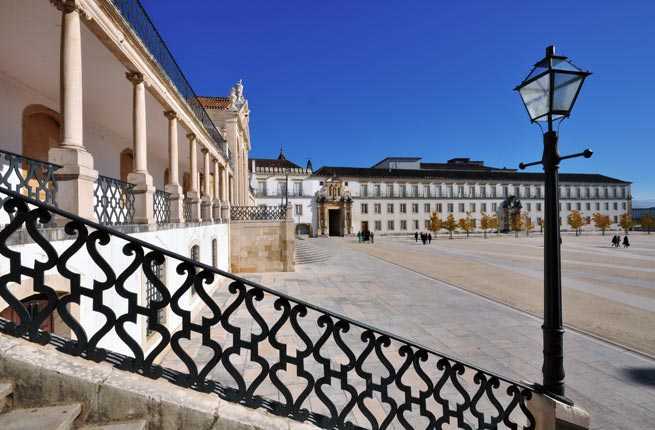
Coimbra, Portugal
Once a bustling capital city, Coimbra is now a vibrant university town touting plenty of historical attractions. Located halfway between Lisbon and Porto, this Portuguese town boasts one of the oldest academic institutions in Europe, and visitors here can partake in lively local festivals and traditions. Visit vibrant cafés and bars to hear authentic fado music, or take a tour of one of the city’s ancient cathedrals.
Where to Stay: Located in a former palace, Hotel Quinta das Lagrimas enchants visitors with its picturesque backyard gardens and historic ambiance. To stay closer to the city center, book a room at Hotel Vitoria, set just steps away from the university and featuring a popular on-site restaurant.
Insider Tip: When the academic year winds down, Coimbra becomes party central. The city hosts two major festivals during the spring and summer months. In May, come for the eight-day-long fiesta, the Burning of the Ribbons (Queima das Fitas), or, in July, try the Festas da Rainha Santa, which highlights live choral street music and fireworks.
PLAN YOUR TRIP: Visit Fodor’s Coimbra Guide
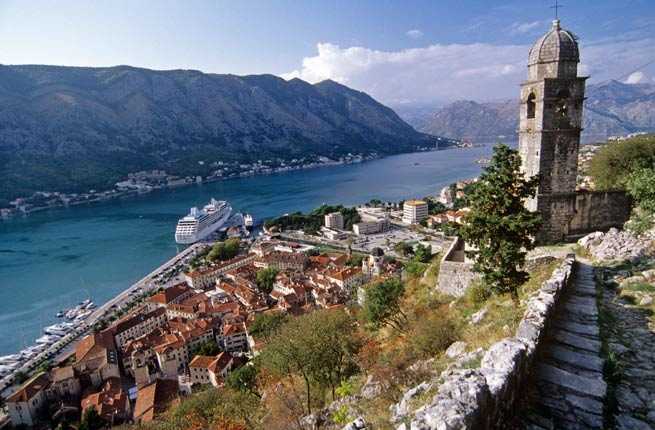
Kotor, Montenegro
Tucked away in a secluded channel of a Montenegro bay, Kotor exudes picturesque scenery and natural beauty. Visitors can walk through a maze of winding, cobblestoned streets, and tour buildings that date back to medieval times. For unparalleled views of the mountains and water, climb 1,350 steps to the town’s ancient fortifications. Adventurous souls can also opt to paraglide from atop the surrounding cliffs.
Where to Stay: Old Town Kotor boasts some of the country’s finest boutique hotels—although most visitors prefer to rent an apartment or villa. Old meets new at Hotel Cattaro, located in reimagined historic buildings set off the city’s main square; it features an in-house nightclub and casino. For seaside accommodations and unbeatable views, book at room at Palazzo Radomiri in nearby Dobrota.
Insider Tip: Cars are not allowed within Kotor’s Old Town, so visitors typically travel by foot or bike within the city limits.
PLAN YOUR TRIP: Visit Fodor’s Kotor Guide
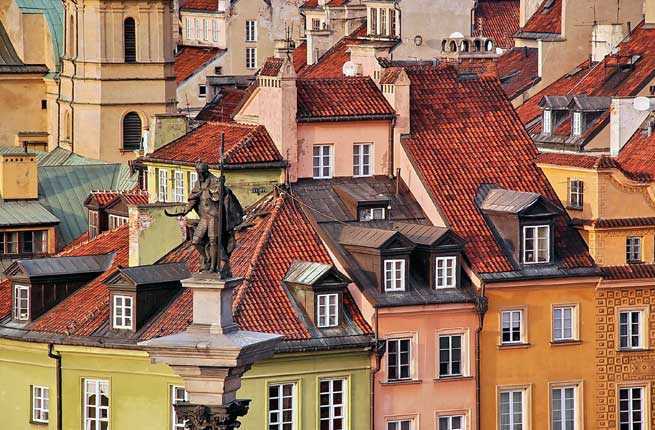
Warsaw, Poland
Known as the “Phoenix City,” Warsaw has experienced its fair share of change. The Polish capital was practically demolished during World War II, but has since reinvented itself as an up-and-coming metropolis. Visitors can browse upscale shops near the city’s Palace of Culture and Science, or take a stroll around the majestic Royal Castle and Old Town Square. For a taste of local culture, visit the buzzing Praga District on the city’s right bank, known for its lively bars, art galleries, and underground theaters.
Where to Stay: Most hotels are located in Warsaw’s downtown district near the Palace of Culture and Science, although properties on the city’s Plac Pilsudskiego propose more scenic accommodations. Polonia Palace is close to the city’s main attractions, and offers a full breakfast buffet with champagne, caviar, and vodka.
Insider Tip: Visit Warsaw University’s library for one of the most beautiful views in Europe. The building boasts a sprawling rooftop garden that includes benches, walking paths, a glass footbridge, and reading nooks.
PLAN YOUR TRIP: Visit Fodor’s Warsaw Guide
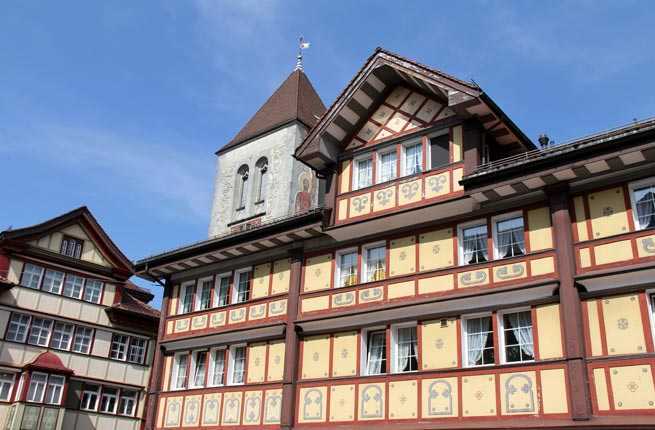
Appenzell, Switzerland
Step back in time in Appenzell, one of Switzerland’s least explored regions. Located at the foot of the Alpstein mountain range, the area boasts delicious beer and cheese, quirky residents, and traditions that date back centuries. Explore streets lined with colorful houses and stop by a bakery to sample local confections like pear bread and almond and honey cakes.
Where to Stay: For picturesque views and a taste of local cuisine, book a room at Berggastaus Aescher-Wildkirchli. The hotel is located at the top of the Appenzeller Alps, and has a restaurant known for its regional specialties. For more rustic accommodations, consider staying in one of the spacious guest rooms at the hillside chalet Freudenberg.
Insider Tip: Appenzell is also known for its handcrafted embroidery, and visitors can best observe this tradition during the local festival of Alpfahrten, when women and men herd cows down the mountain while donning intricately embroidered costumes.
PLAN YOUR TRIP: Visit Fodor’s Appenzell Guide
Smolare, Macedonia
Small, landlocked Macedonia is often overlooked by travelers, but passing by the country would be a mistake. Visitors here can take in stunning mountain ranges, sparkling lakes, and architecture dating back to the Byzantine era. Stop by the tiny village of Smolare to see the country’s tallest waterfall: Located 130 feet above the town, travelers can walk up 300 stone steps to gaze at the sparkling blue falls from a wooden bridge.
Where to Stay: Smolare is a bit off-the-beaten trail, so book a room in Skopje—the area’s closest city—for the best accommodations. Located at the foot of the mountains, Hotel Villa Vodno boasts scenic views and warm hospitality, while the upscale Hotel City Park is set within easy reach of the city’s main attractions.
Insider Tip: Getting to the falls isn’t easy—so plan on making a day of your trip. The village offers picnic and camping areas at the base of the path, and a new marketplace that sells local crafts and fresh produce.
PLAN YOUR TRIP: Visit Fodor’s Macedonia Guide

Sibiu, Romania
Built in the 12th century, the Romanian citadel city of Sibiu is an ideal destination for history buffs. Still boasting many of its original fortifications, visitors can walk through mazes of stone staircases and archways to explore the area’s rustic architecture. Stop by Grand Square to visit Brukenthal Palace, a majestic 18th-century Baroque mansion that houses one of the oldest museum collections in the world.
Where to Stay: Hotels in Sibiu are steeped in history, with many properties dating back to the 1800s. Built in 1840, Levoslav House Hotel offers rustic interiors and modern amenities. For more luxurious accommodations, book a room at the Hilton Sibiu, touting views of the nearby Dumbrava Forest; three on-site restaurants offer international and local cuisine.
Insider Tip: Sibiu is divided into two parts: Lower Town and Upper Town. Upper Town offers most of the city’s historic attractions, shops, and restaurants, while Lower Town features rustic streets, colorful houses, and four medieval defense towers.

Kosice, Slovakia
While the capital of Slovakia, Bratislava, garners most of visitors' attention, travelers would be remiss to skip over Košice, the country’s second city. Located on the eastern side of Slovakia, Košice boasts beautiful gothic architecture, carefully preserved buildings, and plenty of historic charm. Stop by the Villa Cassa to see Europe’s oldest coat of arms, or take a stroll through the city center, with its medieval houses and palaces.
Where to Stay: Most hotels in Košice are clustered around the city’s historic center. Book a room at Hotel Yasmin Košice for easy access to Košice's major attractions. Boutique property Hotel Zlaty Dukat Košice features an in-house glass museum and a gourmet restaurant with a wine cellar.
Insider Tip: At the northern end of Košice’s main square is the Eastern-Slovakia Museum, tucked within an enchanting Neo-Renaissance building that dates back to the late 19th century. Stop in to view the Gold Treasure of Kosice exhibit, a collection of gold coins and other objects of historical significance.
PLAN YOUR TRIP: Visit Fodor’s Slovakia Guide
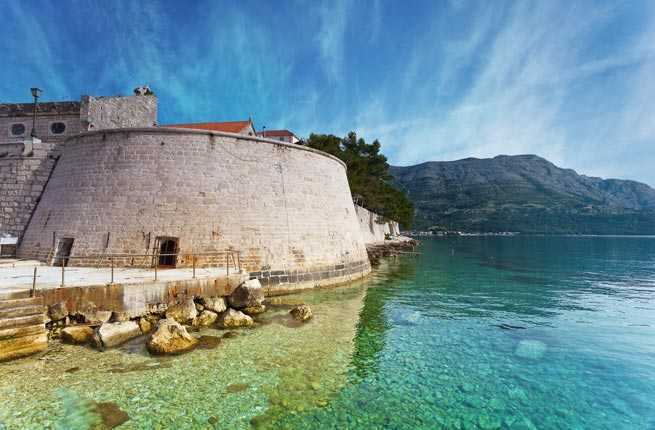
Korcula, Croatia
Breathtaking scenery and rich local culture are what draw visitors to Korčula, Southern Dalmatia’s largest island. Also known as “Black Corfu,” the densely wooded islet boasts secluded beaches and bays, and verdant green hills perfect for hiking. The main town—also named Korčula—is the purported birthplace of Marco Polo, and features winding streets, medieval stone fortresses, and atmospheric red-roofed buildings.
Where to Stay: For striking views of the sea coupled with friendly service, book a room at Hotel Korsal. The small, family-run establishment is a 10-minute walk from Korčula’s old town, and features a ground-floor restaurant with a waterside terrace.
Insider Tip: Although Korčula is best known for its history and natural beauty, most Croatians stop by the tiny town for its sword dancing. Visitors can sample it at Moreška, the city’s popular sword dance performance that takes place in July.
PLAN YOUR TRIP: Visit Fodor’s Korčula Guide

Bolgheri, Italy
Rolling green hills, blossoming vineyards, and winding pathways make Bolgheri one of Tuscany’s most enchanting villages. Visitors drive past centuries-old cypress trees to reach the village center, where they're greeted with a view of the Bolgheri Castle. Nature lovers will enjoy the bucolic scenery, and wine enthusiasts can get a taste of the area’s internationally renowned vintages.
Where to Stay: Most visitors make a day trip to Bolgheri—but for those who want to extend their stay, the village offers two B&Bs: Strada Giulia features quaint accommodations and a laid-back atmosphere, while Il Chiassetto is a good bet for its secluded guest rooms and garden.
Insider Tip: Visit Bolgheri between July and August for the village’s Melody Festival. The event takes place in a large arena and includes music, theater, and dance performances.
PLAN YOUR TRIP: Visit Fodor’s Italy Guide
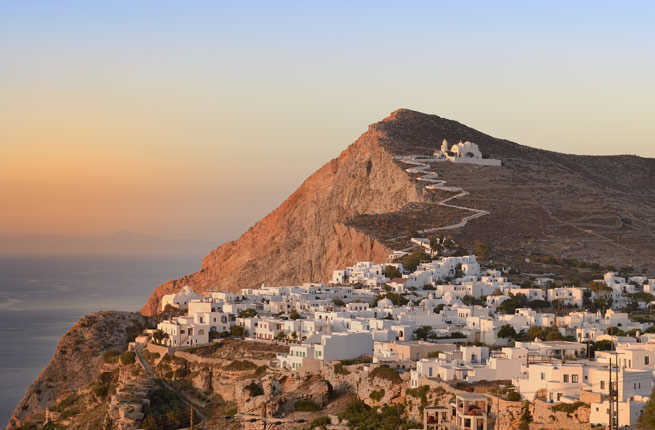
Folegandros, Greece
Often overshadowed by neighboring Santorini, Folegandros proposes a welcomed escape from the hustle and bustle of more popular Greek islands. Perched on a towering seaside cliff, the island doesn't offer much in the way of attractions—but makes up for it with local charm. Visitors can explore untouched beaches, sample traditional food, and spend quiet evenings contemplating the breathtaking, sun-touched cliffs.
Where to Stay: The best place to stay in Folegandros is Anemomilos Apartments. Set atop a towering cliff, the complex boasts friendly hospitality, small garden terraces, and unparalleled views of the sea. For simple accommodations at more affordable price tag, consider booking a room at Meltemi.
Insider Tip: For the ultimate in seclusion, consider taking a short drive to the tiny town of Ano Meria, laden with small cafes, and then explore the Folklore Museum, which showcases the area’s farming history.
PLAN YOUR TRIP: Visit Fodor’s Folegandros Guide

Azores, Portugal
Visiting the Azores feels a bit like stepping into paradise: Located midway between New York and Lisbon, the lush, volcanic archipelago is best known for its sapphire blue waters, colorful scenery, and majestic cliffside manors. Visitors can explore quaint seaside towns, take a dip in hot mineral springs, or hike through the island’s verdant hills.
Where to Stay: Hotels in the Azores make the most of the area’s natural beauty, and range from small boutiques to upscale luxury properties. The Terra Nostra Garden Hotel features blossoming flower gardens, azalea woods, and an outdoor hot spring pool. Or, book a room at Hotel das Flores in the western archipelago, for modern guest rooms and panoramic ocean views.
Insider Tip: Stop by the islands during the summer months to watch whales making their annual migration.
PLAN YOUR TRIP: Visit Fodor’s Azores Guide
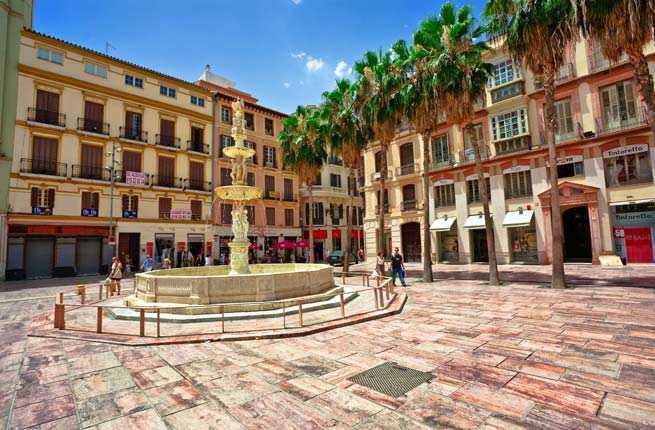
Malaga, Spain
As the capital of Spain’s Costa del Sol, Málaga enchants visitors with its ancient streets, picturesque villas, and lush vegetation. The city averages 324 days of sunshine a year, making it a perfect destination to explore by foot. Take a stroll through palm tree-lined streets and stop for a drink in the city’s old quarter. Art enthusiasts will enjoy the Picasso Museum, which features a chronological exhibition of the late artist’s work.
Where to Stay: For unparalleled views of the water, book a room at Parador de Málaga-Gibralfaro. The hilltop hotel offers tastefully decorated guest rooms that overlook the bay, and a Mediterranean restaurant that serves local specialties like fresh fish and gazpachuelo, a fish-and-egg soup specialty. The more centrally located Castilla features reasonably priced rooms and friendly service.
Insider Tip: Don’t miss a stop in Pedregalejo, a traditional fishing village located just outside of the city limits. Visitors can eat fresh fish at small beachside eateries, or watch the sunset from the town’s seaside promenade.
PLAN YOUR TRIP: Visit Fodor’s Málaga Guide
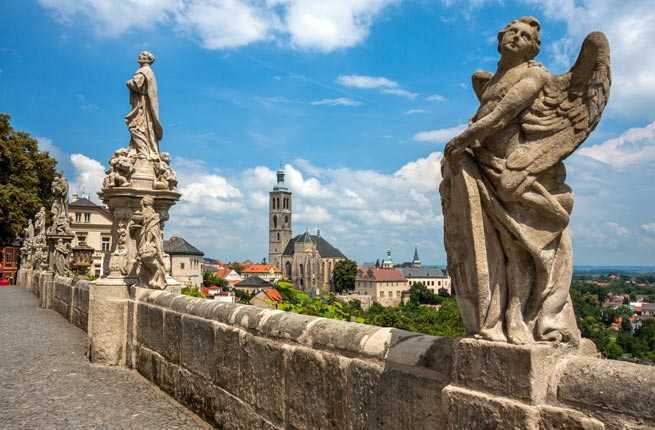
Kutna Hora, Czech Republic
History takes center stage in Kutná Hora. This small Czech town began as a medieval mining village, and still retains much of its original architecture. Stop by St. Barbara’s Cathedral for an up-close look at Gothic sculpture and panoramic views of the city. More morbid-minded visitors will enjoy the Sedlec Ossuary, or “bone church”: One of the Czech Republic’s most famous sights, this small chapel is decorated from floor to ceiling in human bones.
Where to Stay: For modern guest rooms and easy access to the city’s main square, consider staying at the Hotel Mĕdínek. Visitors looking for more rustic accommodations can try U Hrnčíře, which boasts views of the nearby St. James’s Church, and a restaurant that serves classic Czech dishes.
Insider Tip: Visit Kutná Hora at the beginning of June for the Royal Silver Festival. The celebration showcases the town’s silver-mining history and includes dancing, crafts, and fencing.
PLAN YOUR TRIP: Visit Fodor’s Kutná Hora Guide

